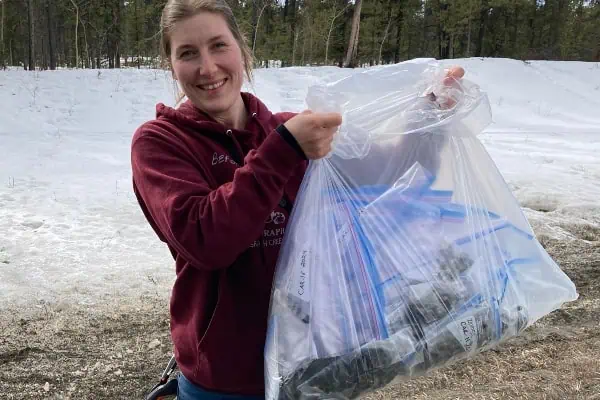This column is not for the faint of heart!
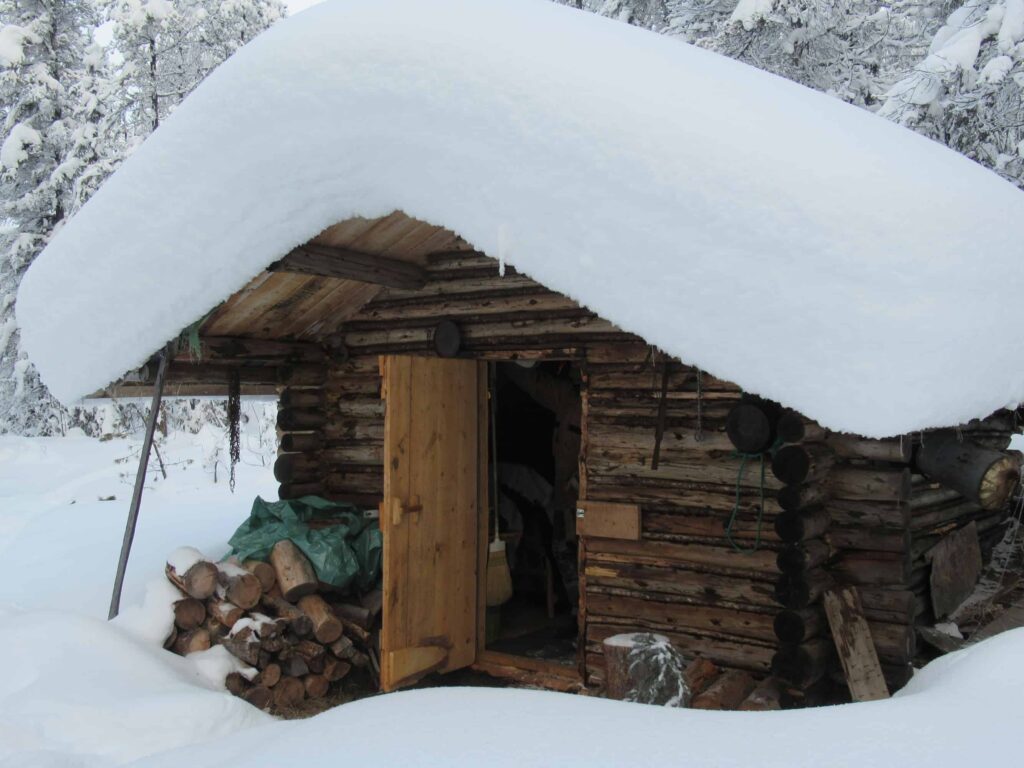
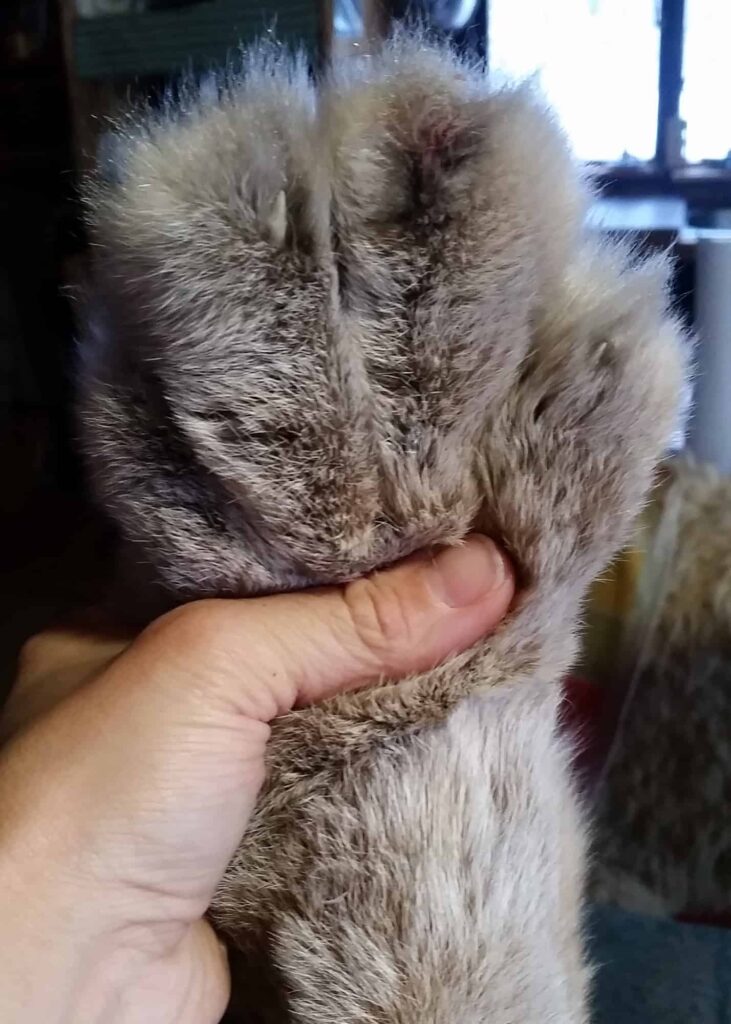
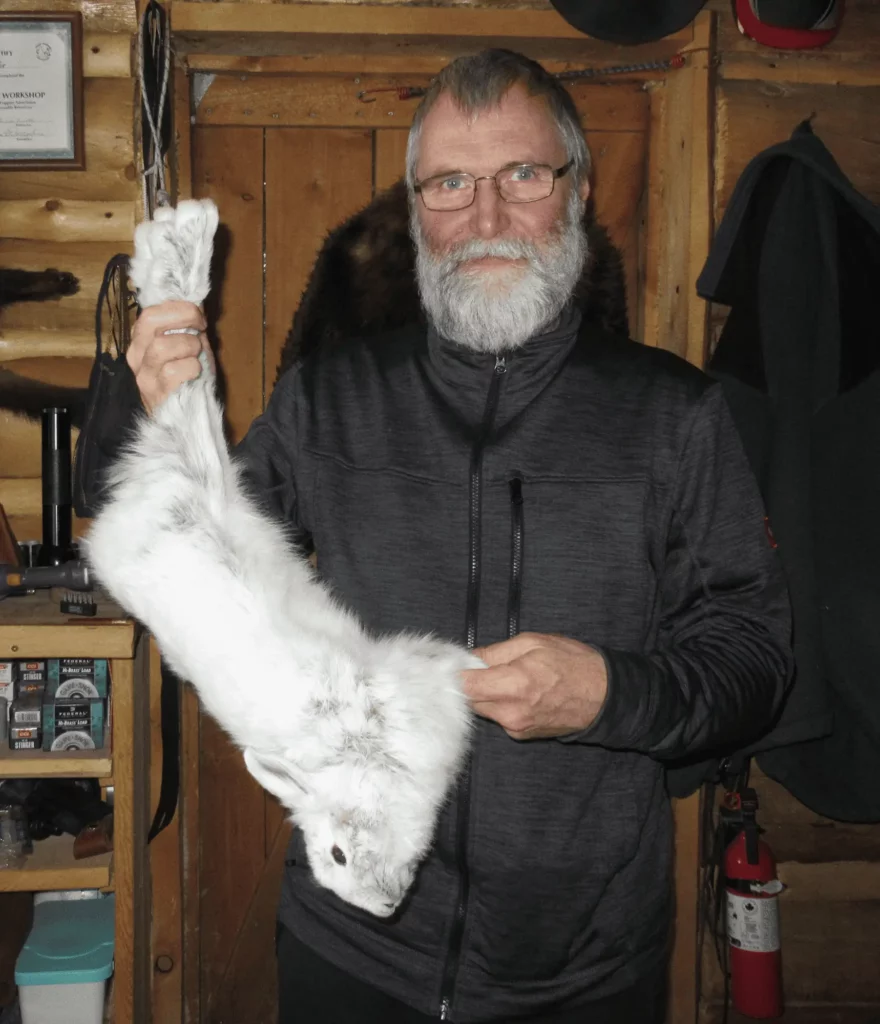
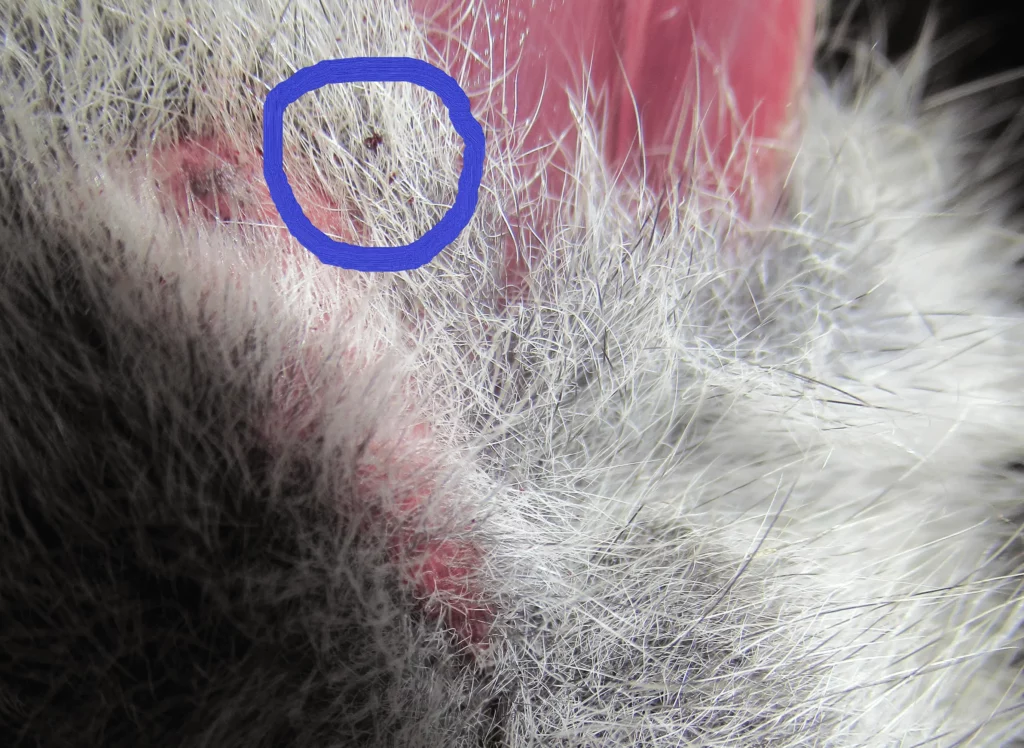
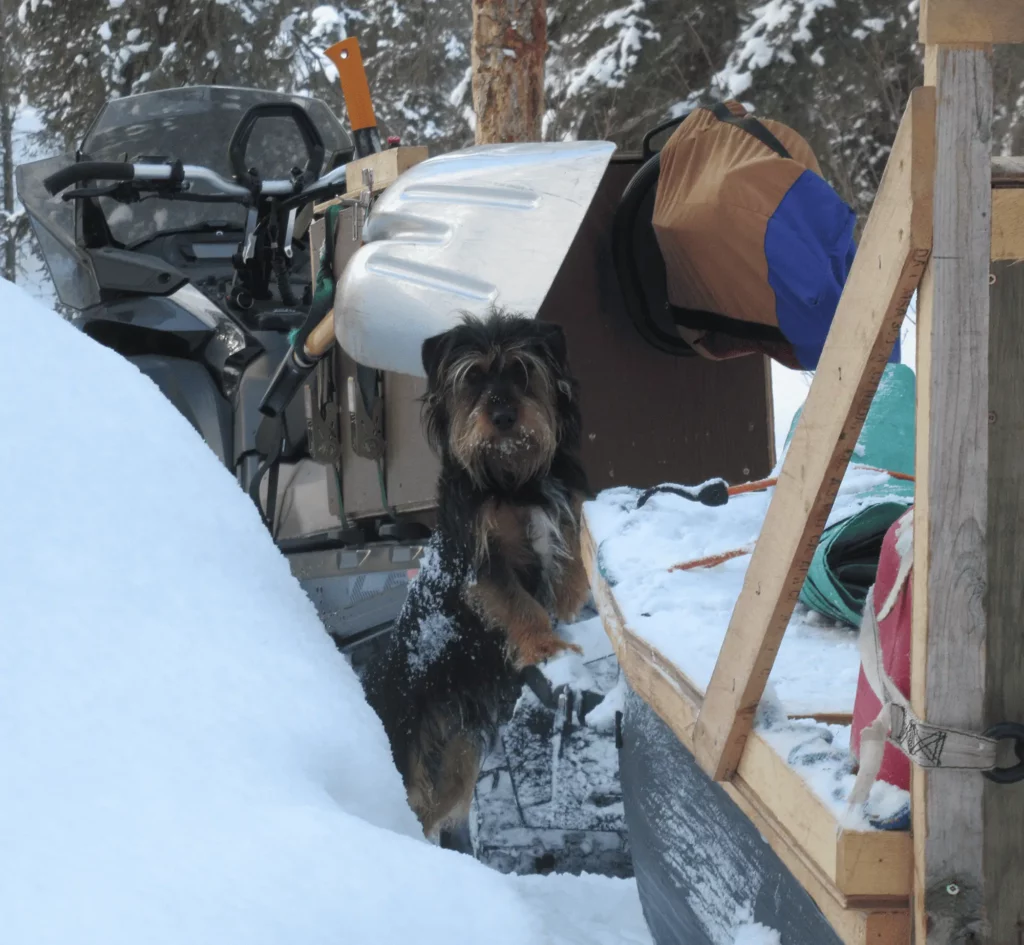
Watch out … all furry animals can have fleas (us included).
They bite and suck blood—vampirelike. Cats such as lynx are a haven for fleas, as are fox and ermine, then squirrel and even mice. The little buggers can also be found in bird’s feathers. When you see a cat scratching its ears nearly uninterruptedly, then you know that this parasite is like a plague. The ermine’s coat turns white when the first snow falls and the temperatures drop, so one sees the fleas really well in that fur.
One-hundred years ago, powdered alum was used: it was sprinkled over carpets and rugs and by dipping papers in an alum solution and placing them under rugs. Not having rugs/carpets in your house is a good idea. Before the hygiene craze, people didn’t bathe very often or wash their bed sheets regularly. Enter flea fur: fur from mink, ermine or ferret that was worn around the neck in hopes that fleas would prefer the fur and not human skin.
Fleas are pinhead size, two millimetres long, brown or blackish in colour and—get this!—flat. That makes it hard to grab and squish them. With their large back legs, they can jump impressive distances, up to 16 inches (up to 200 times their own body length!). With their six legs, they can also run. Flea “dirt” looks like dark specks (or black pepper) on skin and fur.
Fleas develop in nests, beds and wherever animals lie down
Adults will mate, then the females will begin laying eggs. A single female flea can hatch 500 eggs in her lifetime. It takes about 14 days for the eggs to develop to the adult stage. Eggs hatch in one to 10 days; after that come the larva and pupa stages. The eggs are microscopically small, white and oval-shaped. The juvenile stages (eggs, larvae, pupae) are scattered throughout the fur. Fleas can live a year and a half under the right environment, considering temperature, food supply and humidity, but usually for just two to three months. Without a host for food, they’ll survive for just a few days and up to two weeks.
What to do if you and your dog don’t want to host these itchy beasts while trapping
If the furbearer is frozen when you get to it, the fleas should have succumbed to the cold (died), as they need heat (that’s why they just let themselves drop down to a warmer spot/host, from wherever they are at that moment). Having said that, don’t let your dog sniff at the critter from below). If the animal you caught is not frozen yet (especially lynx), it’s a good idea to have a garbage bag with you to wrap it in and take home. Back at your cabin, spray a load of RAID into the bag, close it and leave it for at least 20 minutes. Some fleas might still survive because they’ll go hide where there is still heat and less RAID stink; for instance, in the hairy paws or in the ears.
How do you know you’ve been selected by a flea?
It feels like something tiny is tickling you and your hair on your arm, and it also feels like a hair got stuck in your bosom (women with long hair will know what I’m talking about).
The most common fleas
The most common flea is the cat flea. Dogs will pick up fleas from other dogs or animals. Dogs will have fleas mostly on the back of the ears, in their groin or inner thighs and base of their tail. Fleas can transmit tapeworms, so also get an effective prescription dewormer besides the vet’s recommended flea treatment. It is crucial to treat your home at the same time as you treat your dog or cat. In spring and summer, fleas cause problems because of the perfect environment. Launder your clothing at a high temperature to eliminate them. Hot water and high heat will kill them. Vacuum, discard the vacuum bag, wash bedding on high heat and use a deterrent spray in your home.
Ouch …
A flea bite will turn extremely itchy; a red and swollen weal will develop within half an hour of being bitten. After about a day, the weal will develop into a blister or a small wound. Fleas usually target your legs or feet. Do not scratch! (infection prevention).
Keeping the little vampires at bay
A natural flea repellent is apple cider vinegar. Fleas hate the smell and taste. Put equal amounts of cider and water in a spray bottle.
Plants that deter fleas are mint (too strong of a scent for them), catnip (your cat will love you), rosemary, citronella, cedarwood and marigolds (you’ll notice, those are the same plants that we use to deter Yukon mosquitoes).
Now, the good news …
There are critters who eat fleas: they are ducks, chickens, and insects such as ants and beetles.
(So, if you’re all itchy now, get some mint and rosemary seeds and start your lovely-smelling, fleas-will-stay-away herbs!)
Sonja Seeber, Yukon Trapper



